
Spanish photographer Pablo Conejo traveled to China to document the rapid—and, he thought, almost unsustainable—development of a country full of contradictions, the result of Chinese culture confronting global trends. Before his trip, he made a list of opposite concepts to accompany him as an inspiration: east and west, poverty and wealth, communism and capitalism and tradition and modernity were all ideas that served as guides in the photographer’s anthropological excursion. In Shanghai, he saw yet another contradiction.
Conejo found himself immersed in a futuristic urban landscape, a skyline overloaded with concrete and glass above the smell and feel of the stereotypical China he expected to find, one that he describes as a “tangle of motorcycles, cars, people and noise; a mix of intense food smell from stalls and kitchens, car fumes and a murmur from all this bustle; all this jumble peppered with red lanterns and fortune cats.” Then, as he reached the borders of the city he found a peculiar urban project: a set of nine suburban neighborhoods under construction, mimicking the architectural styles of several iconic European countries, including France, the United Kingdom, Sweden, Holland and Germany. Built to house the wealthier Chinese population escaping the big-city lifestyle, “One City, Nine Towns” is a thematic urban project launched in 2004 with the goal of relieving overpopulation in Shanghai. These artificial towns, which are replicas of buildings found in the various European locales, are projected to house one million people by 2020.
“At the moment all the towns look like ghost cities,” Conejo says. “The empty streets make them look like Disney World or a cinema set. As a matter of fact, Thames Town, the English imitation, is becoming a very popular location to have one’s wedding photography made.” Despite their popularity among locals, Conejo realized that some people weren’t familiar with the original inspirations of these model homes. In the Paris neighborhood, the photographer asked three teenagers if they knew anything about the French capital. “Paris?” one asked. “I don’t know.”
Pablo Conejo, who was born in Madrid in 1981, ran two urban photography workshops in Instituto Europeo di Design in Barcelona in 2008 and 2009. You can see more of his work here.
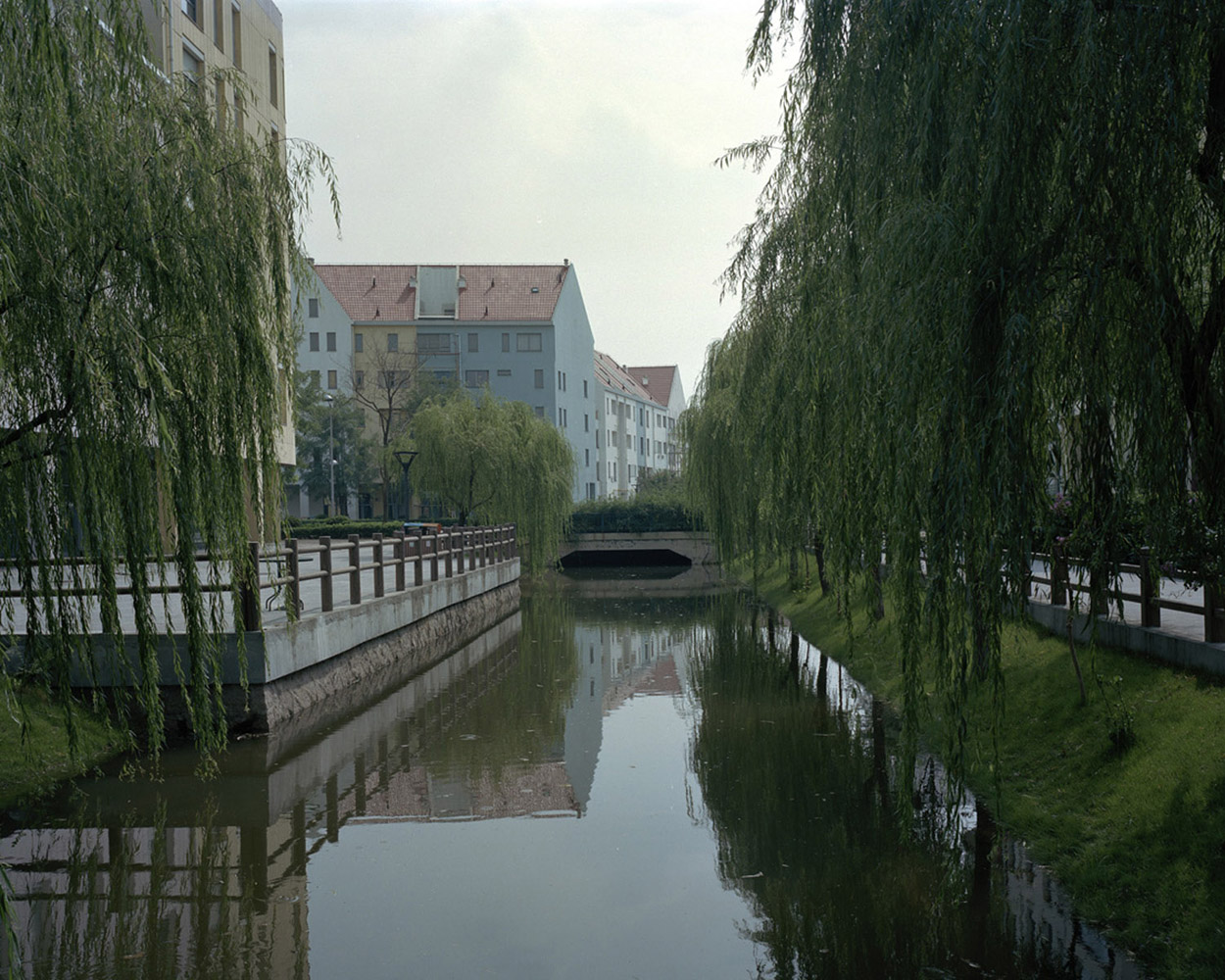





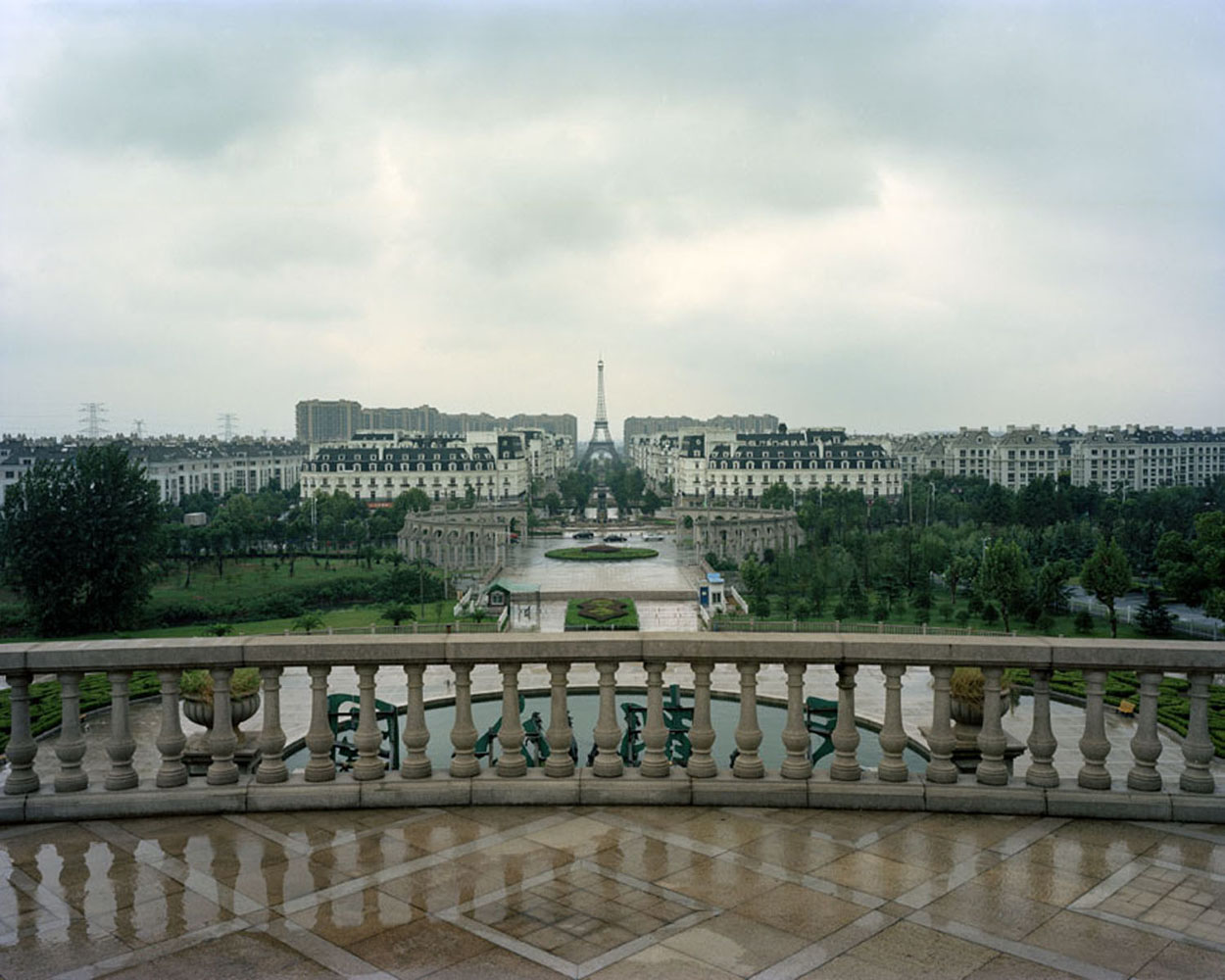
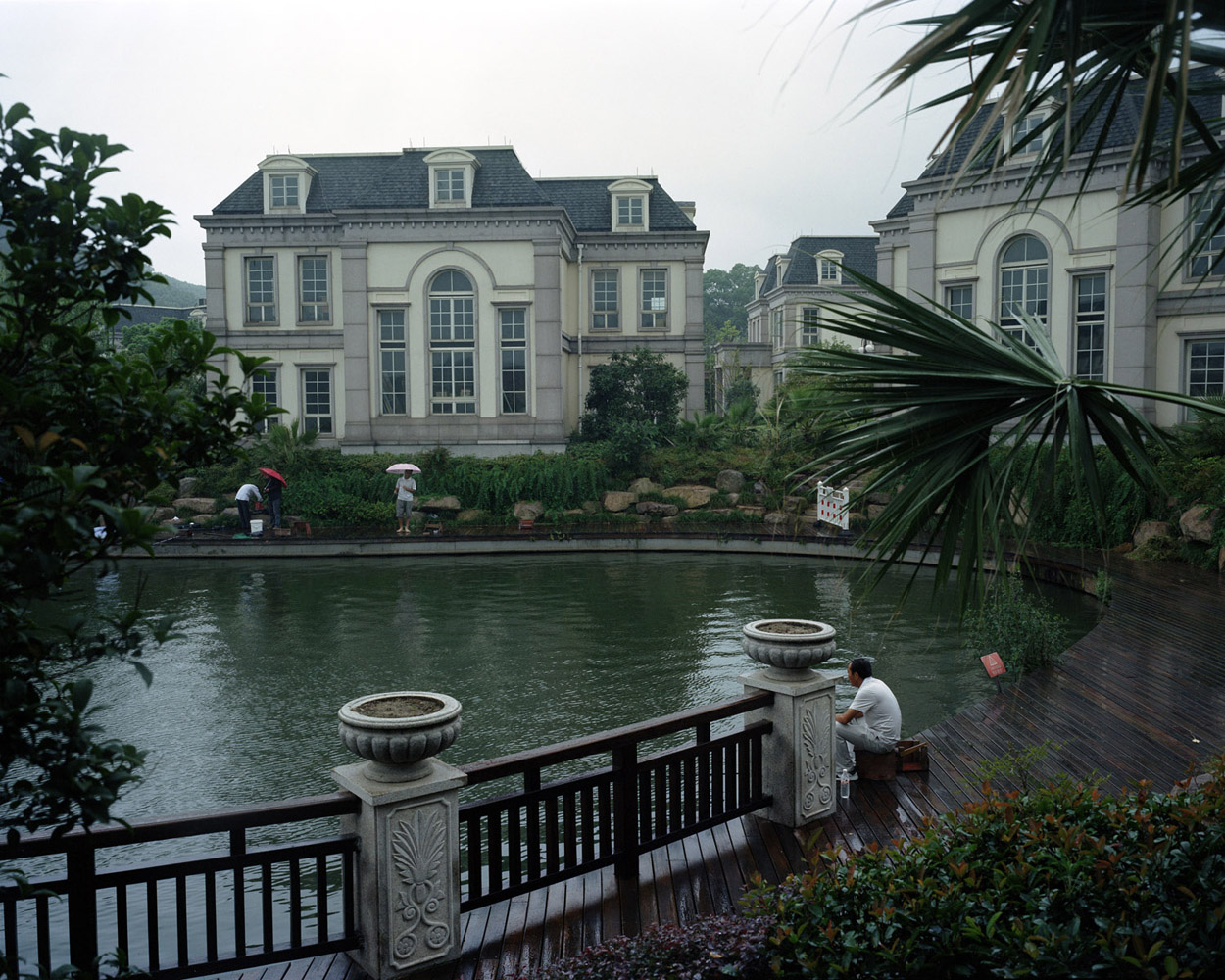
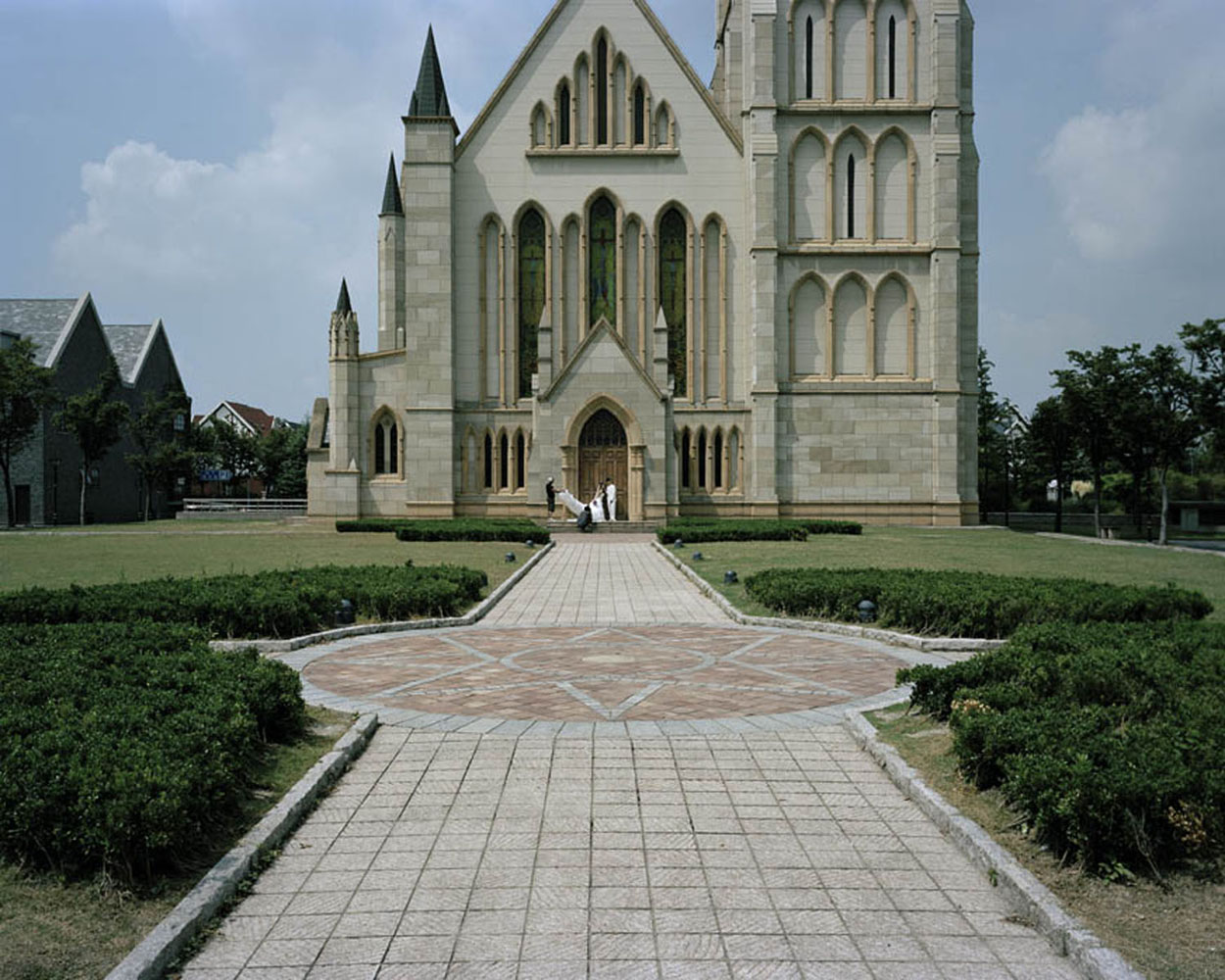
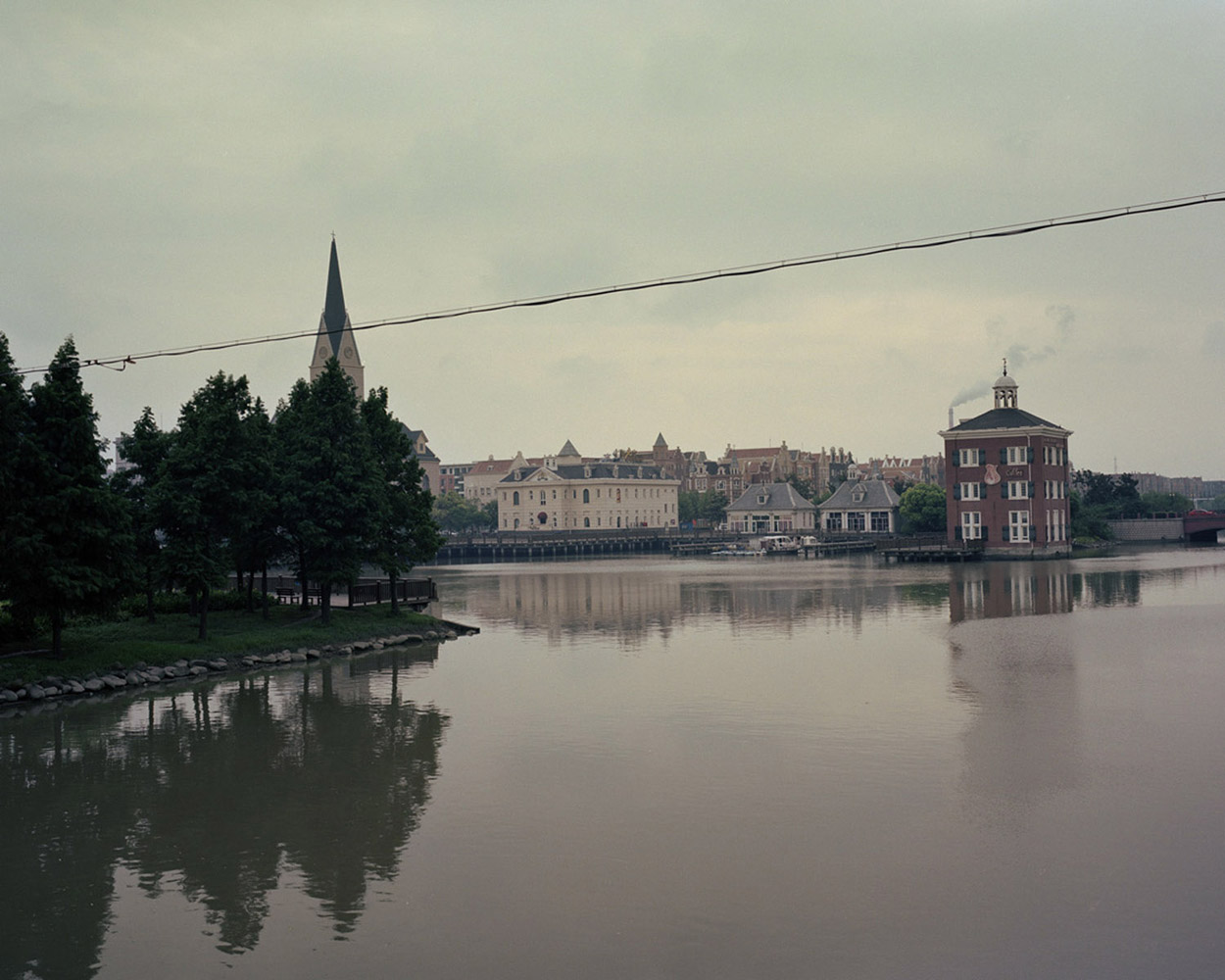


More Must-Reads from TIME
- Donald Trump Is TIME's 2024 Person of the Year
- TIME’s Top 10 Photos of 2024
- Why Gen Z Is Drinking Less
- The Best Movies About Cooking
- Why Is Anxiety Worse at Night?
- A Head-to-Toe Guide to Treating Dry Skin
- Why Street Cats Are Taking Over Urban Neighborhoods
- Column: Jimmy Carter’s Global Legacy Was Moral Clarity
Contact us at letters@time.com